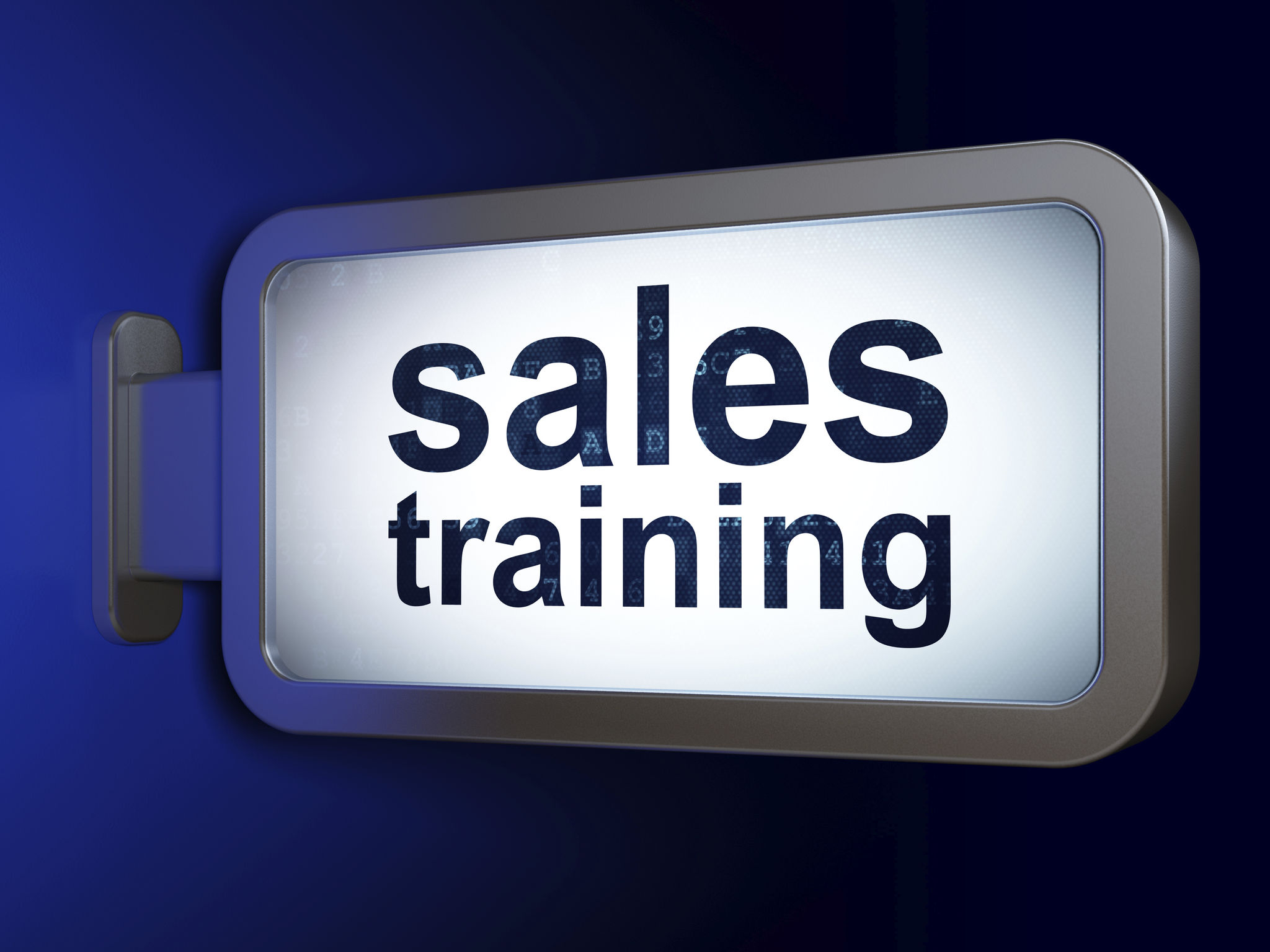Sales Enablement vs. Traditional Sales Training: Key Differences Explained
Understanding Sales Enablement
In the evolving landscape of sales, businesses are constantly adapting to new strategies to enhance productivity and close deals more efficiently. One of the key approaches that have emerged in recent years is sales enablement. This strategy focuses on equipping sales teams with the tools, resources, and information they need to engage buyers effectively. It's a comprehensive approach that integrates marketing and sales efforts to streamline the sales process.

Sales enablement encompasses a wide range of activities, including content creation, training, and technology implementation. The goal is to provide sales representatives with the right content at the right time to assist them in their interactions with potential clients. This approach emphasizes continuous learning and adaptation, ensuring that sales teams remain agile and responsive to market changes.
What is Traditional Sales Training?
Traditional sales training, on the other hand, has been a staple in businesses for decades. It typically involves structured programs designed to teach salespeople fundamental selling techniques, negotiation skills, and closing strategies. These programs are often delivered through workshops, seminars, or online courses, focusing on foundational skills that every salesperson should possess.

While effective in building essential skills, traditional sales training often occurs at intermittent intervals and may not adapt quickly to the changing dynamics of the market. This approach tends to be more static, providing a one-size-fits-all solution that may not address specific challenges faced by modern sales teams.
Key Differences Between Sales Enablement and Traditional Sales Training
Approach and Flexibility
One of the primary differences between the two is their approach and flexibility. Sales enablement is a dynamic process that evolves with the business landscape, incorporating feedback and analytics to refine strategies continuously. In contrast, traditional sales training follows a more rigid curriculum that might not cater to the unique needs of different sales teams or industries.
Integration with Technology
Sales enablement heavily relies on technology to optimize sales processes. It uses CRM systems, data analytics, and AI-driven insights to personalize interactions and predict buyer behavior. Traditional sales training may touch lightly on technology but often lacks deep integration with these advanced tools.

Focus on Collaboration
Sales enablement fosters collaboration between marketing and sales teams, ensuring that both departments work towards common goals. This alignment is crucial for delivering consistent messaging and maximizing customer engagement. Traditional sales training primarily targets individual performance rather than cross-departmental collaboration.
The Future of Sales Strategies
As businesses continue to navigate an increasingly digital landscape, the importance of adopting effective sales strategies becomes more apparent. While traditional sales training has its merits, integrating it with a robust sales enablement framework can yield better results. By leveraging technology and fostering collaboration, companies can create more personalized and impactful interactions with their customers.
Ultimately, the choice between sales enablement and traditional sales training should be guided by the specific needs and goals of a business. Understanding these key differences can help organizations make informed decisions that empower their sales teams and drive growth.
